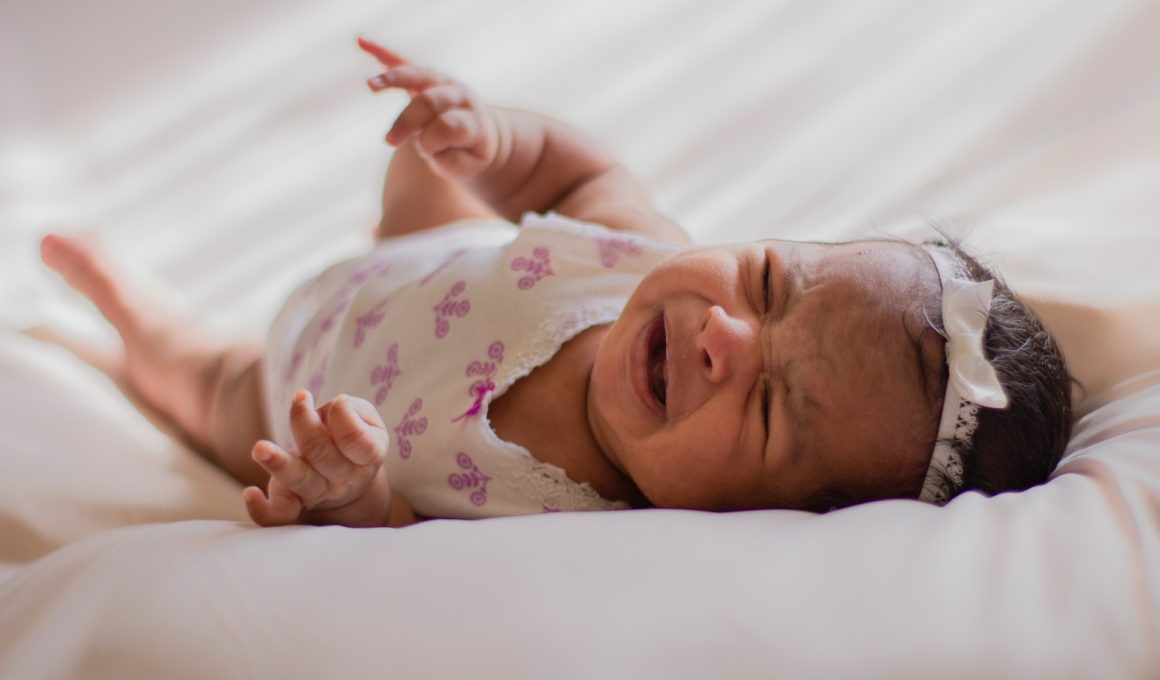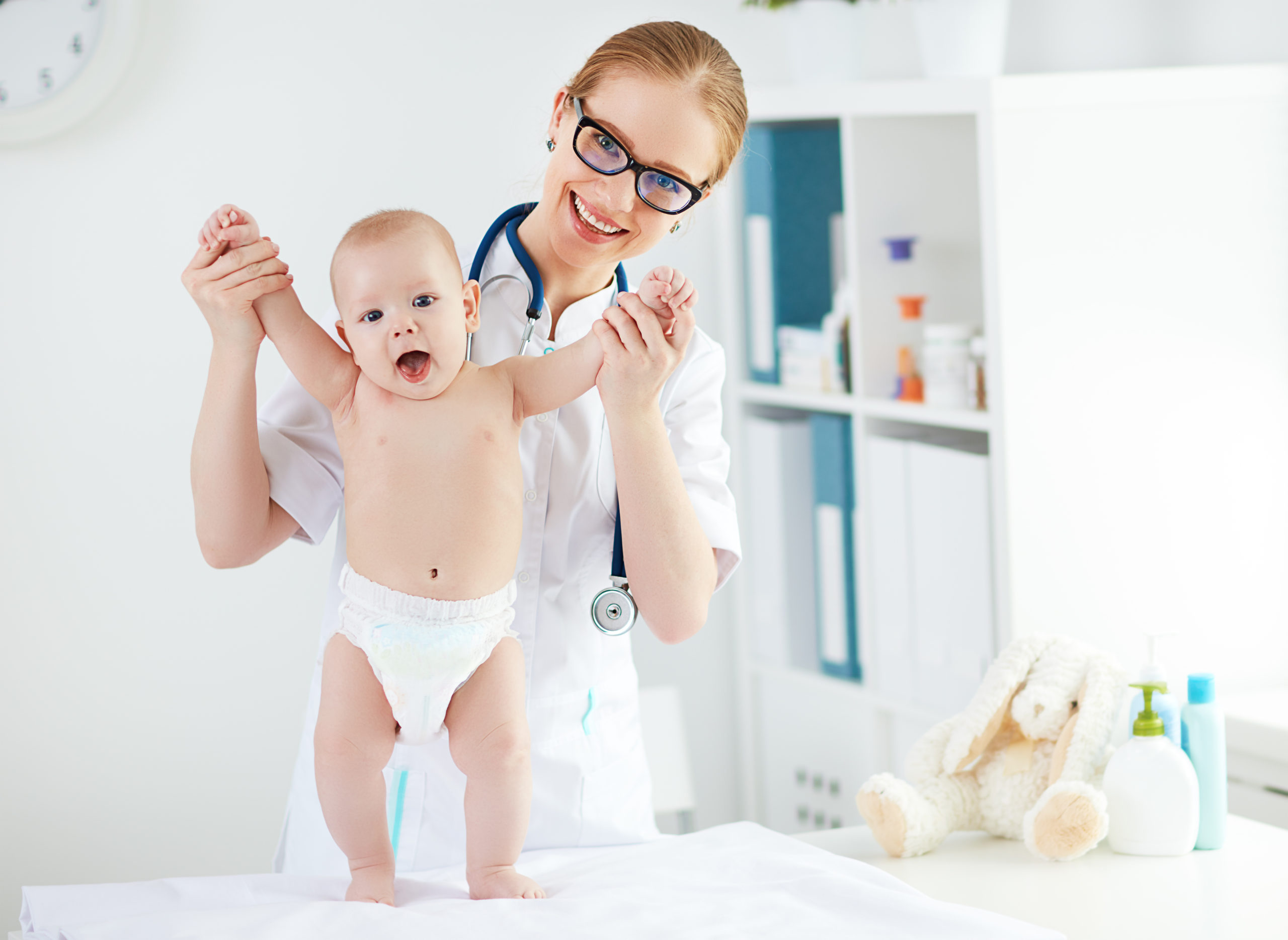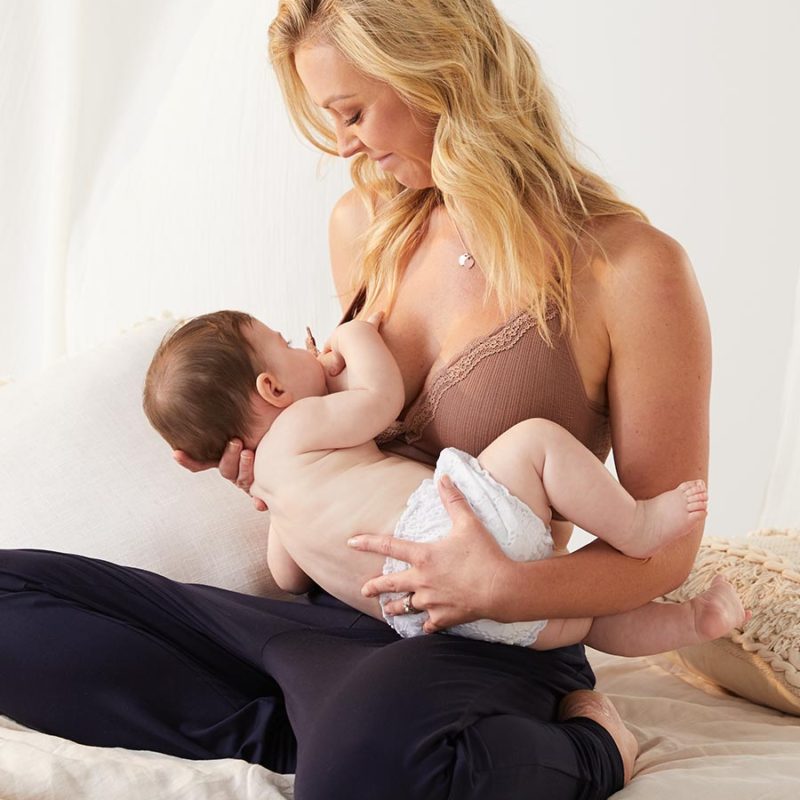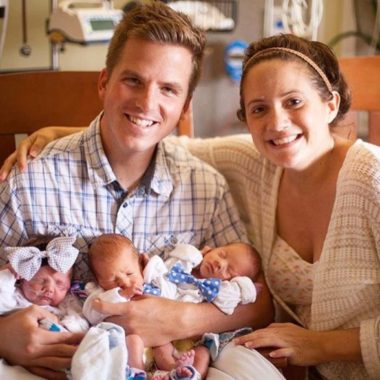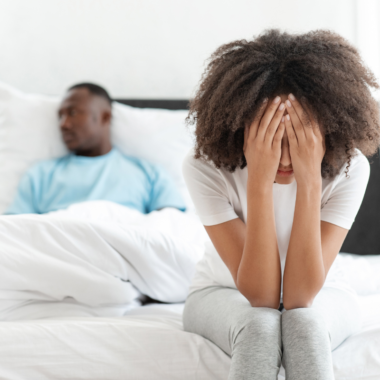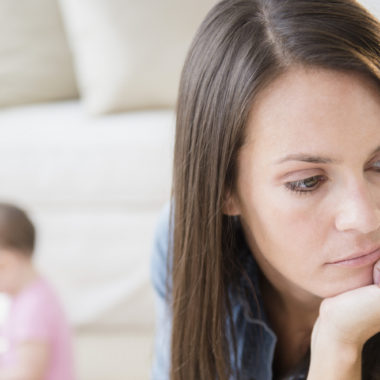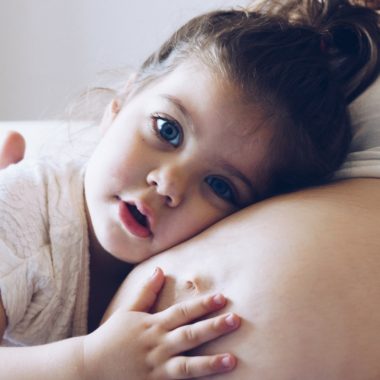Parents rejoice, we just survived our first sick baby. The battle was won. When the dust settled, we emerged as real parents. We learned what baby diarrhea and rash look like. It’s not gross or alarming, but it is obviously different from a baby’s normal stool.
New parents: you will be able to easily notice that something is wrong, so don’t worry. Are you currently experiencing the screams and cries from baby diarrhea rash? I know, it’s hard to hear them in so much pain. Not to worry, in between consoling and playing with baby to distract her from the pain, we did our research to make sure that we got her better as soon as possible.
Here’s how we survived with 1 sick day, plus 2 days of recovery and precautionary care:
Soothing Baby
Before we could figure out what was wrong with her and how to provide care for her diarrhea and rash, we first had to soothe her. She was in pain from her rash and crying to the point that she made no sound. It was bad.
We immediately took her diaper off, cleaned her up, and let her air out for a bit. At this point, who cares if she poops or pees on our bed or carpet?
We really wanted to “cool” her off so we placed her in her baby tub as quickly as possible. Make sure that the water is warm and not cold. Coldwater could irritate the skin more. Do not use soap, but if you have to use mild soap.
At this point, her cries subsided but she was still in pain. The distraction of playing with the water and her favorite rubber ducky helped. As parents, I think it’s important to incorporate play where you can. As overwhelmed, stressed, or worried as you are, you can’t let her see it. Make each interaction playful so baby can feel more at ease.
Keep Dry and Diaper-Free Play
Now that we have a clean baby, we need to dry her. Towel her off and make sure that she is completely dry. At this point, we let her have some diaper-free playtime. Addy loved it.
Once we were done, we put her diaper back on. If you feel that is necessary to put a rash cream on your baby, I recommend Desitin. For Baby Addy, we decided to not use anything but we had our Desitin in case we needed it.
Related: Newborn Baby Skin Issues – What They Probably Are
We put her shirt back on but we did not put pants on her. We wanted her to have as much airflow, as possible. We wanted her to feel comfortable.
Change Often
The most important part to helping cure the rash is to keep baby away from urine and stool. Every time she pees or poops, change her diaper. If you have the diapers with the line or that indicates a wet diaper, keep watch on that line changing color. Also, check about every 2 or 3 hours. It’s perfectly normal to change 8 or 10 diapers in 24 hours.
We noticed that the baby didn’t have a bowel movement when she slept through the night, but she does pee. We changed her in the middle of the night (she slept soundly enough that we didn’t have to wake her).
How to Properly Change a Diaper
Yes, we often take short cuts with changing a dirty diaper. We usually skip the “drying” part. When you have a baby with a rash you CAN NOT. Here’s how you change a diaper when your baby has a bad rash:
Clean the baby. We use sensitive, unscented baby wipes. I think most wipes should work, avoid anything with alcohol or other harsh chemicals. They will burn the skin. Always pat the baby clean. Do not “wipe”.
Dry the baby. It’s simple, we just blew cold air (from our mouths) on the area and dried her with thin, clean washcloths. Again, always pat her dry. Do not “wipe”. Take your time to make sure that she is fully dry.
(Optional) Apply a rash cream such as Desitin.
Once done, put a new, clean diaper on.
Cause and Symptoms of Diarrhea
Now that we had addressed the immediate cause of her pain. It’s time to figure out why she was having diarrhea. Was it something she ate? Did she have a virus? Was it because she’s teething? We were worried about her having a food allergy because she also had a rash, but we didn’t introduce a new food so it wasn’t an allergy (this is why it’s important to slowly introduce new food to infants).
We made sure we monitored her temperature often to make sure she didn’t have a fever, this would help us figure out the cause of her diarrhea and also prompt us to know when to call a doctor for a sick baby. Lucky for us she didn’t have a fever. If your baby has a fever, call a doctor.
Another thing to watch is the number of days she experienced diarrhea. She had diarrhea between 24 and 48 hours, so we did not have to take her to her doctor. From what I’ve read it is typical for infants to have diarrhea between 5 and 14 days, but personally, I would’ve gone to the doctor if we entered the 3rd day of diarrhea.
We also watched to make sure that we didn’t have a dehydrated baby. Signs of dehydration include a sunken fontanel, few wet diapers, dry eyes when crying, dry mouth, sunken eyes, or lethargy. If your baby shows signs of dehydration, call a doctor.
Related: Tips On Finding The Perfect Pediatrician
Baby Diarrhea Teething Myth Debunked
Yes, earlier I mentioned that we considered whether or not her diarrhea was caused by teething. Although this is a common belief among parents, medical research found that there is no causation between teething and diarrhea. However, babies who are teething often put things in their mouths and are more prone to pick up bacteria.
Dehydrated Baby
We closely monitored Addy’s activities and energy level to make sure she wasn’t too tired, and that she ate well. Make sure that your baby is drinking enough milk as they usually do (this will also help them sleep), or a little more if they want it.
Do not give your baby fruit juice since this will make diarrhea worse. If your baby is 6 months or older you can add a little more water in their milk. I also received advice from other moms to give the baby Pedialyte (and Pedialyte popsicles for teething babies), but when I sent my husband to the store to purchase Pedialyte as a precaution, the label said to consult with the baby’s doctor first.
I think if I was worried about dehydration, I would have given it to her without calling a doctor. She was playful, drinking plenty of milk, eating, and did not have a fever. Since there weren’t any red flags, I would’ve listened to my team of seasoned moms over the Pedialyte label.
Solid Foods
If your baby is already eating solid foods, avoid dairy, high fiber food, and fruits that are known to loosen your baby’s stool such as prunes, apricots, and peaches. Unfortunately, right before we discovered that Addy had diarrhea, the food she ate that day were prunes.
Luckily there are food that will help “harden” your baby’s stool, such as bananas and rice or rice cereal. If your baby is eating well, I recommend bananas. If your baby is having trouble eating, I recommend adding rice cereal to your baby’s milk.
The first night it was late and we didn’t have bananas so we fed her rice cereal. After that, we fed her bananas and she loved it! We were happy to see her enjoy her food and to see that her bowel movements were becoming more infrequent. Go bananas!
What Did We Learn?
- Diarrhea causes the worst rash in the world.
- Clean, dry, apply rash cream (optional), then re-diaper.
- Pat when cleaning or drying a baby with a rash. Do not wipe.
- Give your baby diaper-free playtime for a bad rash.
- Bananas and rice cereal help with diarrhea.
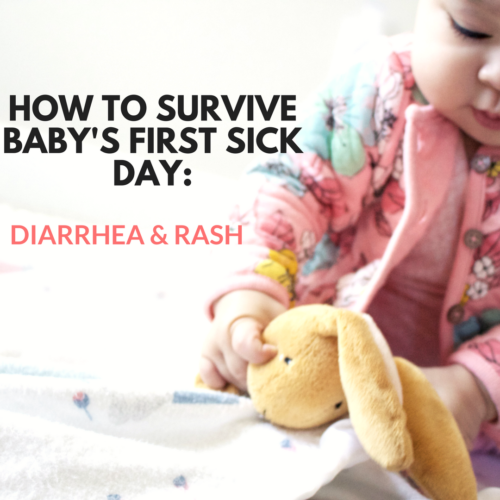
- Baby Having Diarrhea And Rash? Tips For Quicker Recovery - September 14, 2020
- I Extended My Maternity Leave 3 Times: My Advice for Hard Working Women - February 7, 2017
